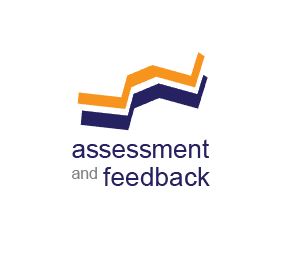
Assessment & Feedback SIG Wednesday 24th November 14:00-15:30 (UK)
Presentations from Cait Hayward and August Evrard, Michigan University.
Link to Recording
Link to Slides
Abstract:
Letter grades have long served as signaling mechanisms between an institution’s faculty and its students, and making the Dean’s List remains an aspiration of students on most American campuses. In this presentation, we offer three short talks with a common thread of student advantages and barriers. We first demonstrate that increased selectivity – the tendency of an institution to admit students with increasingly higher standardized test scores – is an important factor in the rise of undergraduate grades over the past decade. The findings allow us to refine measures of faculty-related grade inflation, and we introduce grade susceptibility, the conditional distribution of student grade earned as a function of incoming standardized test score, as a measure with broader potential application. We then pivot to a study of student grades in large STEM courses across multiple institutions that features an integer variable, a systemic advantage index, incorporating dimensions of birth sex, underrepresented minority status, family income, and first-generation college status. Across seven public US universities, students with high advantage index earn consistently higher grades than their low advantage counterparts, objective evidence that corroborates the persistence of systemic inequities in American STEM education. We conclude with a current project that aims to identify particular courses where systemic advantages are most impactful on student grades, and share these patterns with instructors via a rich data report that highlights opportunities for potential pedagogical changes. Continue reading